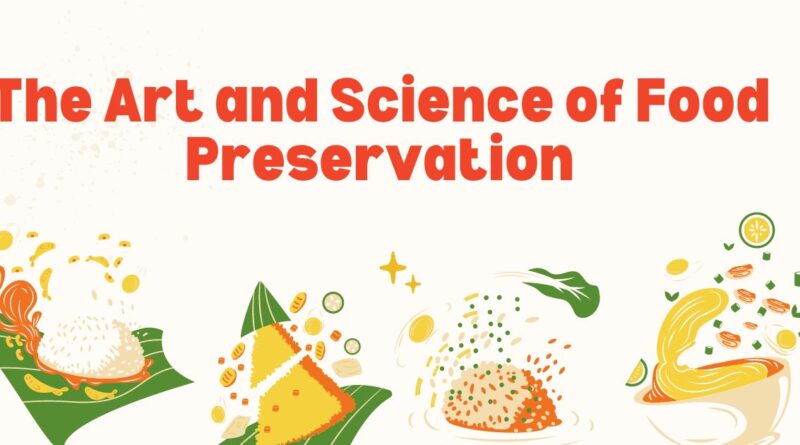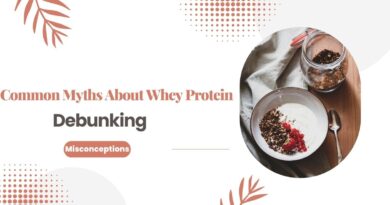The Art and Science of Food Preservation
Food Preservation is an essential practice ensuring the protection and sturdiness of our food supply. Understanding the mechanisms in the back of spoilage and the usage of effective protection strategies are crucial for preventing foodborne illnesses and reducing meal waste.
In this article, we delve into diverse traditional and cutting-edge techniques of food maintenance, exploring their significance, strategies, and future possibilities. Join us as we discover the secret techniques of preserving meals for an extra match and sustainable destiny.
Spoilage Mechanisms
Discover how microbial contamination and chemical deterioration threaten meal satisfaction. Learn approximately bacteria, fungi, enzymatic reactions, autoxidation, and the Maillard response.
Traditional Techniques
Uncover the understanding of our ancestors with time-examined techniques like boiling, canning, fermentation, and freezing. These strategies harness natural strategies to keep food glowing and flavorful.
Modern Industrial Methods
Explore the present-day era shaping the destiny of meal protection. From aseptic processing to freeze-drying, the one’s strategies increase shelf life while maintaining nutritional rate.
Lipidomics in Preservation Research
Learn how lipidomics offers insights into the lipid composition of materials, assisting in developing centered protection strategies. Discover its programs in first-rate manipulation, antioxidant screening, and spoilage detection.
Frequently Asked Questions:
Food spoilage is often due to microbial infection, which includes bacteria and fungi, in addition to chemical deterioration techniques like enzymatic reactions and autoxidation, number one to flavor, texture, and heady scent adjustments.
Freezing slows down microbial growth and enzymatic reactions using reducing the temperature beneath freezing issues, efficiently keeping the super and freshness of meal products for prolonged periods.
When used in internal regulatory limits, preservatives are commonly taken into consideration for intake and play an important function in inhibiting microbial boom, stopping spoilage, and growing the shelf life of meal merchandise.
Pasteurization includes heating food to slight temperatures to kill dangerous bacteria at the same time as retaining the taste and dietary content, even as sterilization uses higher temperatures to wreck all microorganisms, collectively with spores, making the food shelf sturdy at room temperature.
Lipidomics offers insights into the lipid composition of meals, assisting researchers in finding willing compounds and pathways involved in lipid oxidation, for this reason informing the development of centered renovation strategies to grow shelf life and ensure food safety.
Conclusion:
In the end, Food Preservation is a multifaceted problem encompassing numerous conventional and contemporary strategies geared in the direction of prolonging the shelf life and ensuring the protection of perishable food gadgets.
By statistics the mechanisms of spoilage, which include microbial contamination and chemical deterioration, and leveraging modern-day-day strategies which include lipidomics, researchers and food producers can increase effective protection techniques that meet the desires of a developing population whilst minimizing meal waste and selling sustainability in some unspecified time in the future of the food deliver chain.
From historic practices like fermentation and canning to contemporary eras like aseptic processing and freeze-drying, the evolution of food protection reflects our ongoing efforts to harness nature’s sources and hold the bounty of the harvest for destiny generations.




